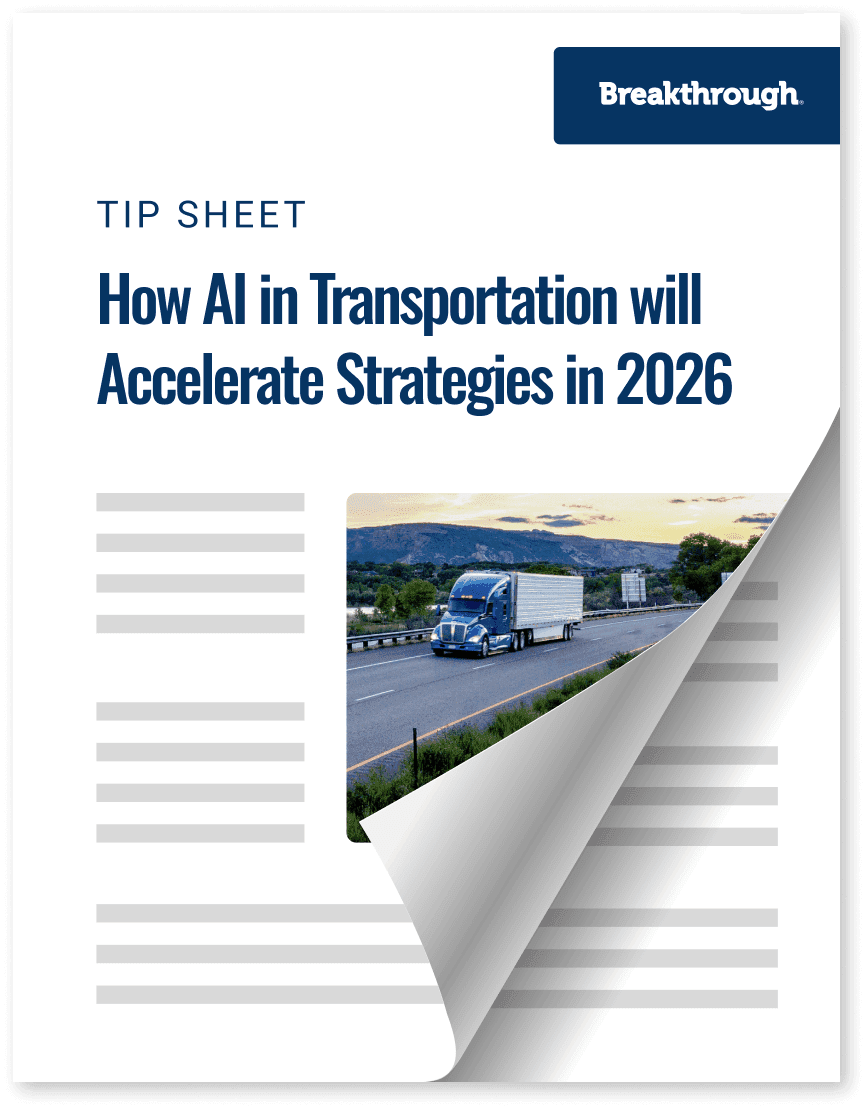How AI in Transportation will Accelerate Strategies in 2026

Trending
Top Posts
Fuel
Why Do Shippers Use The DOE Fuel Surcharge? A History Of The National Fuel Surcharge
5 min read
December 5, 2025
Market Events
How Ukrainian Drone Strikes on Russian Refineries Impact Your Fuel Costs
6 min read
November 20, 2025
Freight
The Definitive Guide on Fuel Management Systems
7 min read
November 11, 2025
3 min read
October 31, 2024

Share:
Table of contents
Browse the table of contents to jump straight to the part you’re looking for
Accurately determining fuel reimbursements remains a critical challenge for shippers seeking to balance cost efficiency with fair compensation for carriers. Many shippers transition from the national Department of Energy (DOE) retail index to regional PADD indices to seek more precise fuel reimbursements. However, this method doesn't entirely address the complexities of fair reimbursements. To truly calculate an accurate fuel reimbursement and to treat fuel as a pass-through expense, shippers should calculate fuel costs at the shipment level, factoring in time, taxes, price, and geography.
During World War II, the U.S. government implemented Petroleum Administration for Defense Districts (PADDs) to streamline gasoline rationing across the nation. This wartime measure segmented the United States into five regions to analyze patterns of crude oil and petroleum product movements. Although the original intention of PADD was not related to diesel fuel pricing, these regions have since been utilized to calculate regional diesel fuel price reimbursements.
Understanding the nuances of PADD indices reveals significant gaps in accurately capturing the variability in fuel costs. Shipper's fuel consumption may differ depending on geographical factors and relying solely on PADD can obscure the true picture. To add, shippers who calculate fuel reimbursements based on the shipment's origin overlook the fuel price variations that exist between states and even cities. Even when shippers opt for regional diesel fuel prices instead of the national DOE retail index, they are still paying, on average, $0.05 cents more per gallon. This assumes an even network distribution across all five regions.

Comparison from PADD to DOE will vary by shipper network.
Understanding the advantages of shipment-level fuel calculations is crucial in establishing that Fuel Recovery is the optimal solution for shippers. By moving beyond the limitations of regional diesel fuel prices, shipment-level calculations focus on precise, dynamic factors that influence fuel costs in real time.
Fuel Recovery offers a more nuanced approach:
In the quest for fair and efficient fuel reimbursement, adopting a lane-level approach offers shippers significant benefits that extend beyond regional diesel fuel price indices. This methodology introduces a fair and accurate method to calculate fuel costs, ensuring that reimbursements reflect actual market conditions.

Ultimately, adopting a data-driven, lane-level approach to fuel pricing across your entire transportation network signifies a leap toward financial accuracy and fairness for carriers. Transitioning from national and regional diesel fuel price indices to Fuel Recovery ensures your reimbursement strategy aligns with market realities, reducing the margin of error associated with regional averages. This transition not only promotes operational efficiency, but also strengthens partnerships with carriers by promoting transparency and accountability in fuel cost management. As energy market volatility continues, embracing innovative solutions like Fuel Recovery remains vital in achieving a competitive advantage and maintaining sustainable business practices.
Discover how Fuel Recovery's precise and market-based approach can transform your fuel reimbursement strategy.

5 min read
December 5, 2025
The DOE fuel surcharge is an outdated, inaccurate method for fuel reimbursement. Learn why it costs you money and discover a modern, market-based alternative.
Read more
6 min read
November 20, 2025
Understand the impact of Ukrainian drone strikes on Russian refineries. Learn why diesel prices are volatile and how to protect your budget from market shocks.
Read more
7 min read
November 11, 2025
Discover how fuel management systems cut costs, track emissions, and improve reimbursement accuracy for modern freight operations.
Read more